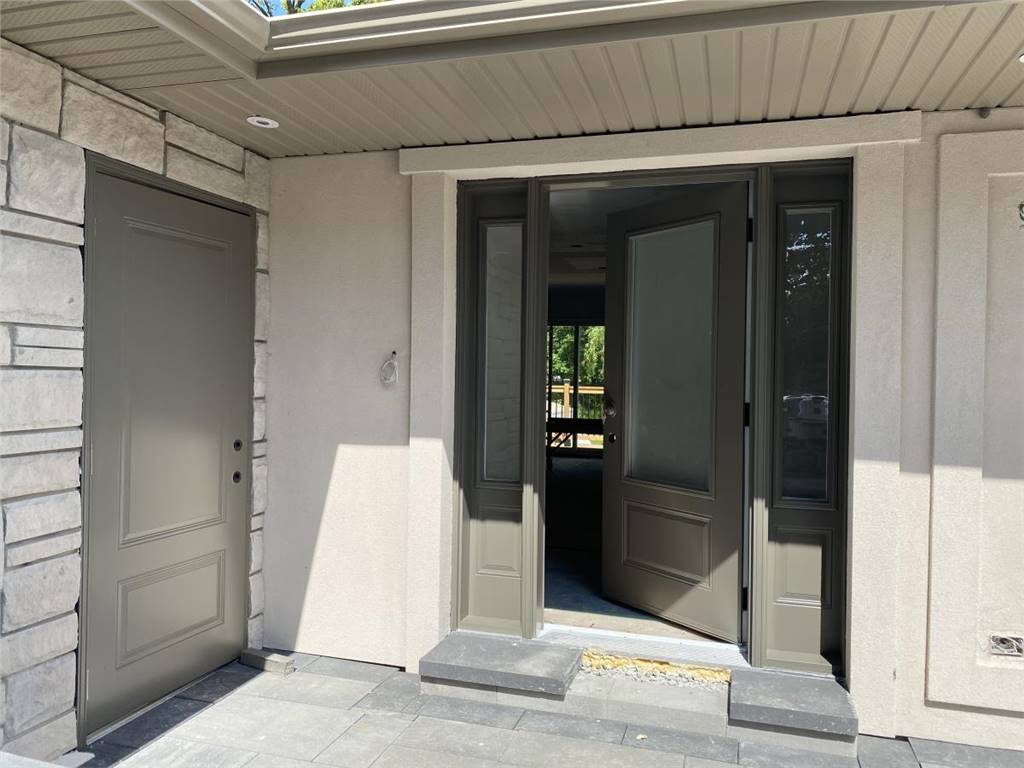
Colors To Avoid When Painting Indoors
If you're new to painting, you might be wondering what colors to avoid when painting indoors. Painting your home can be a fun and affordable way to change up the look of a room, but it's important to choose the right colors to avoid creating a space that's too bright, jarring, or just plain ugly. In this post, we'll go over some of the best colors to use when painting indoors and share some tips for avoiding those pesky color mistakes. Happy painting!
Some Color Choices to Avoid When Painting Indoors
According to design experts, there are a few colors that homeowners should avoid when painting indoors. These colors can make a space feel jarring and uncomfortable, and they can be difficult to work with in terms of interior design. On the other hand, they can be great choices for some situations as well. If you are not sure about which color you should pick, it is always a great idea to ask a professional painter/designer. We, as the6ixpainting, are happy to provide you with the help you need to choose the best colors for your lovely home.
Some color choices to avoid when painting indoors include:
Black:
Black is an extremely absorbent color. This means that it will suck all the light out of a room and make it feel very dark and cave-like. In addition, black is a very strong color and can be overwhelming in smaller spaces.
So overall, while black may be a beautiful color to use outdoors or in large spaces, it's best to avoid using it when painting indoors. There are so many other beautiful colors to choose from that will create a more inviting and comfortable space for you and your family.
White:
One of the main reasons you should avoid painting your walls white is because it can make your space appear somewhat smaller. White reflects light and can make a room feel more cramped than it actually is. If you want to make your room feel bigger, consider painting it a light color like off-white or beige instead.
In addition, white paint can show more dirt and imperfections than darker colors, so if you have an older home with less-than-perfect walls, white is likely not the right choice. It's also worth noting that white paint can yellow over time, especially if exposed to cigarette smoke or other pollutants.
Strong Shades of Purple:
There are a few reasons why you might want to avoid strong shades of purple when painting indoors. For one, purple is a very powerful and stimulating color, which can be overwhelming in small spaces. It's also been shown to linked with poorer sleep quality, so if you're painting a bedroom or other space where you want to relax, it's best to steer clear of strong purple hues. Finally, purple can be difficult to match with other colors and furnishings, so it's best used as an accent color rather than the main hue in a room.
Bright Yellow:
There are many reasons why you should avoid painting with bright yellow indoors. For starters, the color is known to create a sense of anxiety and unease in people. It can also be very jarring and overwhelming in smaller spaces.
Bright yellow is also one of the most difficult colors to balance with other shades, so it's likely that your other walls will appear washed out in comparison. The color is also known to cause eye fatigue, so it's best to avoid if you plan on spending any amount of time in the room after painting.
Fire-engine Red:
It's no secret that painting your walls red can be a bit of a gamble. On the one hand, red is associated with energy and excitement, making it perfect for creating a lively atmosphere. On the other hand, it can also come across as overwhelming and even aggressive, making it best suited for more intimate spaces.
So what's the verdict on painting your walls fire-engine red? While there's no definitive answer, in general it's best to avoid using such a bold color indoors. Red is notoriously difficult to get right, and if you're not careful it can easily dominate a space and make it feel cramped or intense. If you do decide to go ahead with red, make sure to use it sparingly.



